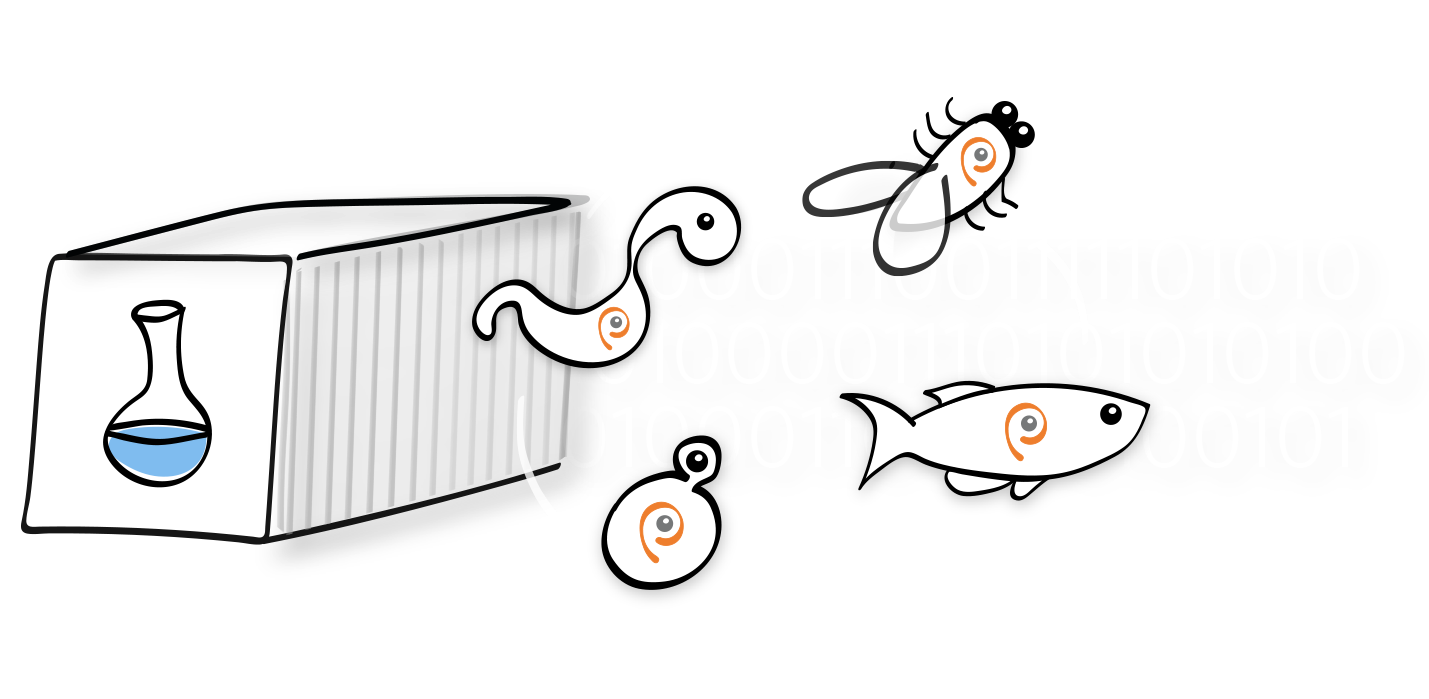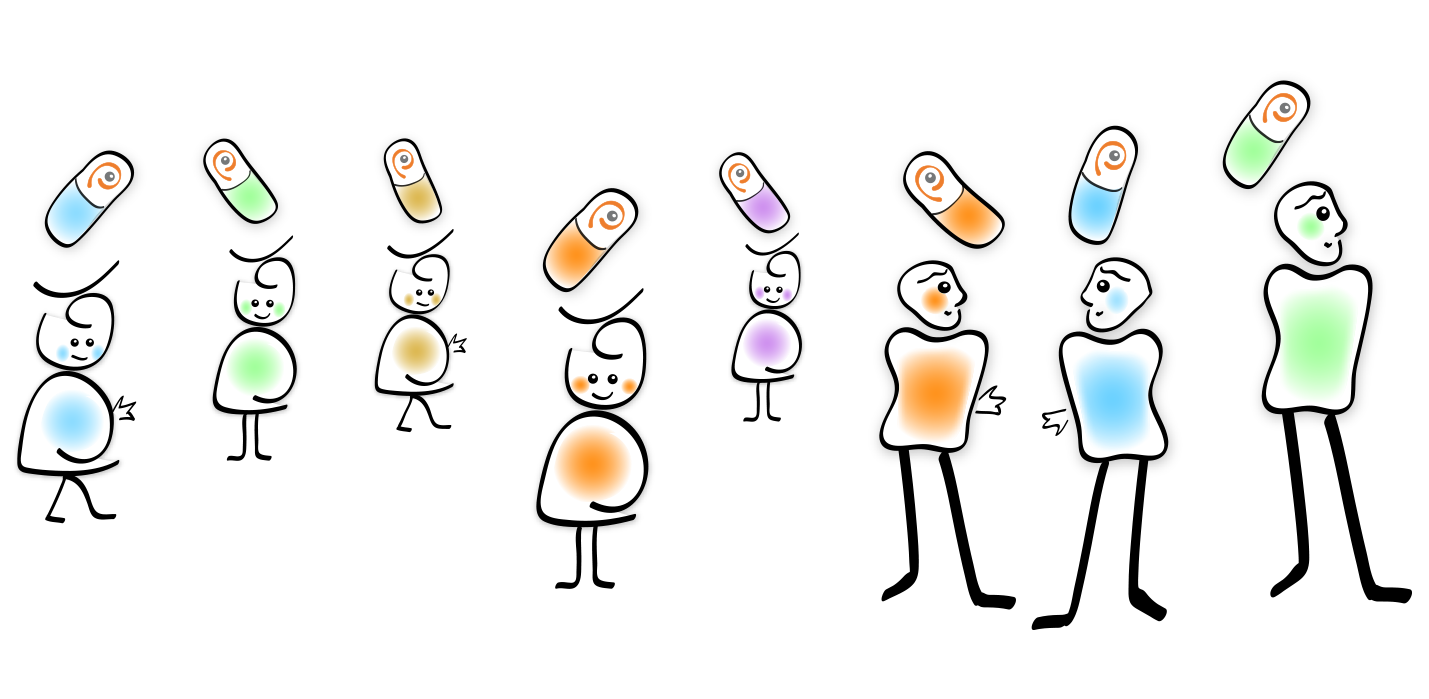All life on earth has a shared genetic heritage that we call the Genetisphere
Our PerlArk™ Drug Discovery Platform is based on creating disease models using simple animals that share genetic similarity with humans, allowing us to screen massive numbers of disease models and drug candidates quickly and at low cost.
How the PerlArk™ Platform works
Disease modifiers for genetically similar rare and common diseases
Most of the approximately 4,000 single-gene diseases fit the Perlara Platform. Many of these diseases are caused by an ancient gene that also contributes to common disease risk. Our first PerlQuest™, Niemann-Pick Type C (NPC) disease, could lead to therapies for common neurodegenerative diseases. Learn more about PerlQuests on our FAQs page.
Does it really work?
Read about our lead compound for NPC (PERL101) and PerlQuest updates on our Blog.





